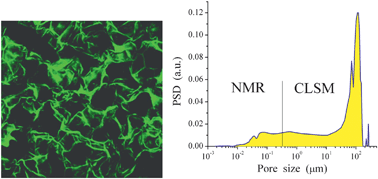A team of French scientists have developed a method for controlling the amount of foam. The system uses light and temperature as stimuli for controlling foamability of an emulsion. The foamability could be decreased upon heating, completely stopped under UV irradiation and recovered upon cooling, leading to bi-stimulable emulsion foaming.

The applications of foams are widespread and they are found in many fields ranging from food industry to detergency and oil recovery. This system shows allows scientists to control the amount of foam without changing the composition of the emulsion.











